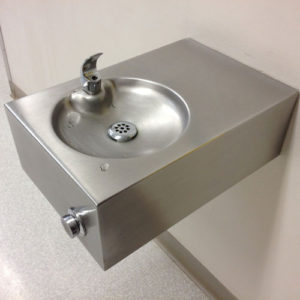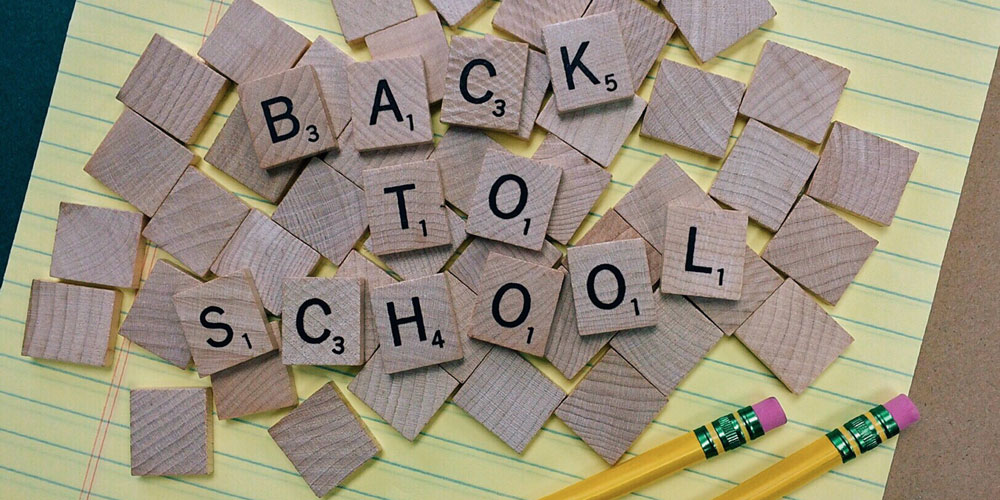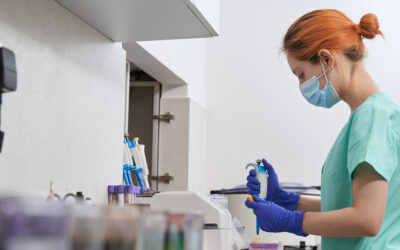It’s back to school for many U.S. students this week and parents everywhere are rejoicing and/or are reflecting on how quickly the time with their little ones (or not so little anymore) is flying by. As a microbiologist, you might also be thinking about how schools are like germ factories and begin mentally listing all the types of bacteria they’re likely to encounter at school. In honor of all our beloved children’s return to school, here’s a rundown of some of the grossest places in the school building.
 1. Water fountain spigots
1. Water fountain spigots
Some kids put their mouths directly on the drinking fountain spigot or get their mouths so close that the water splashes off their faces/mouths and back onto the spigot. This transfers the mouth flora onto the spigot where it flourishes. Making matters worse, the spigots generally get disinfected very infrequently if at all. In many cases, these spigots are germier than toilet seats.
Strain examples: E. coli, Legionella, various coliforms
2. Bathroom door handles
Bathrooms are generally considered to be very germy places, and so are put on a regular cleaning schedule. While your toilets, sinks, and floors may get cleaned, the door handle tends to be neglected.
Strain examples: E. coli, Streptococcus, Salmonella
3. Cafeteria tables
One 2010 study done at the University of Arizona showed that the germiest place in school is the cafeteria table.
Strain examples: E. coli, Klebsiella pneumoniae, Streptococcus, Salmonella, Staphylococcus aureus
4. Keyboards and touchscreens
These are often community surfaces in schools, which means that multiple children are touching them throughout the day. While these surfaces are cleanable with a spray or disinfectant wipe, this cleaning is not generally done between each and every child.
Strain examples: E. coli, Klebsiella pneumoniae, Streptococcus, Salmonella, Staphylococcus aureus
5. Wrestling mats
Wrestling is a full contact sport, which includes full contact with the mat. This means that sweat, skin cells, fluids from any open wounds, and mucus come into regular contact with the mat. Infections are easily spread via these mats because they may be cleaned at the end of the day, but multiple children may be exposed to the same spots on the mat in between cleanings.
 Strain examples: MRSA, impetigo, Herpes, and ringworm
Strain examples: MRSA, impetigo, Herpes, and ringworm
6. Desks
Children spend much of the day sitting at their desks. During this time, they may eat snacks, sneeze, cough, and touch the surface of the desk which means that all those germs from the aforementioned dirty bathroom handle make their way to your child’s daily work area.
Strain examples: E. coli, Klebsiella pneumoniae, Streptococcus, Salmonella, Staphylococcus aureus
7. Shared classroom supplies
Like the keyboard and touchscreens, these community items are shared by multiple children. Things like crayons, which are wrapped in paper, are not typically sanitized in any way so the germs remain.
Strain examples: E. coli, Streptococcus, Salmonella, Staphylococcus aureus, Influenza
Take precautions to avoid getting sick!
Children need constant reminding to cover their coughs and sneezes with a tissue, and as always, handwashing is the best way to avoid sickness. As the CDC says, “Clean Hands Save Lives“.





Very informative, makes you stop and think.